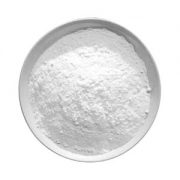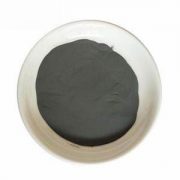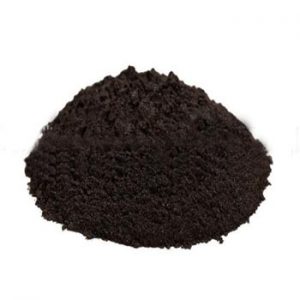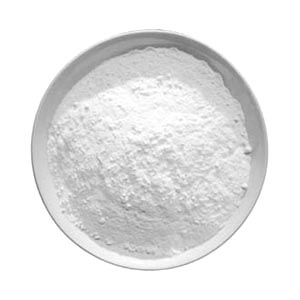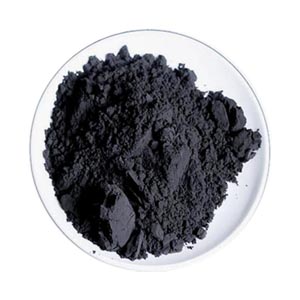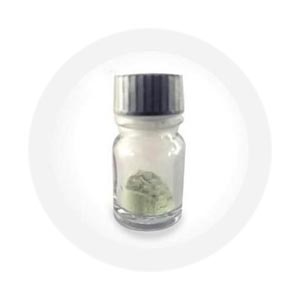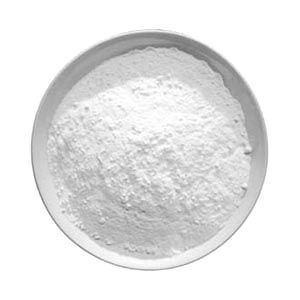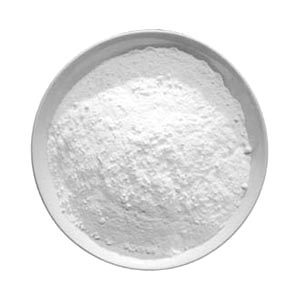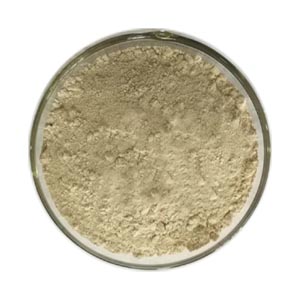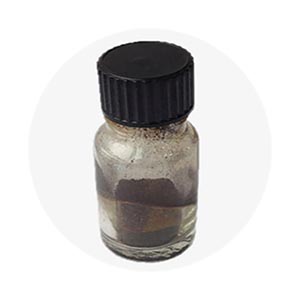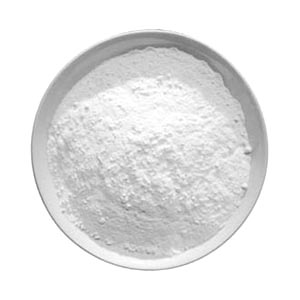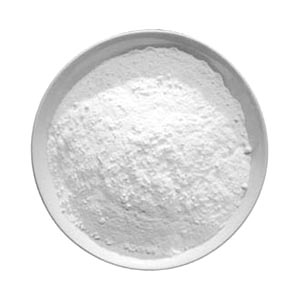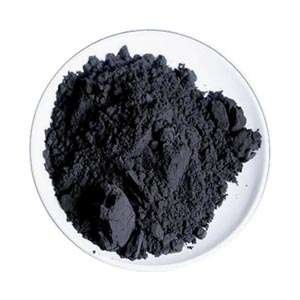
Diindium triselenide
Other name: indium selenide ,Indium(III)selenide, indium selenide (2:3)
CAS no. : 12056-07-4
EINECS no. : 235-016-9
Formula: In2Se3
Molecular weight: 466.516
Density :5.80 g/cm³
- 描述
- Inquiry
Appearance: black crystalline powder
Purity :5N or 99.999%;
Process: Vacuum melting 2mol In + 3mol Se= 1mol In2Se3;
Analysis :ICP-MS;XRD (All impurity elements is below 10ppm);
Grain size :100mesh; 200mesh; (or customize);
Application:It is mainly used in CIGS thin-film solar cells or Target
Indium selenide is a Group III-VI compound with a different chemical composition, the most studied of which are InSe and In2Se3. In2Se3 is an N-type semiconductor compound that can be used in fields such as photoelectric conversion, photocatalysis, and electronic devices
Material structure
X-ray diffraction studies of In-Se melts indicate five binary compounds, In4Se3, InSe, In6Se7, In3Se4, In2Se3. One of the most studied are InSe and In2Se3.
In2Se3 mainly includes five crystal structures of α, β, γ, δ and κ.
Physical and chemical properties
α-In2Te3 and γ-In2Te3 can stably exist at room temperature, and their band gap values are 1.2-1.3 eV and 1.9-2.3 eV, respectively.
Preparation
Single crystal indium selenide can be prepared by the Bridgman-Stockberger method. A certain proportion of selenium and indium are used as raw materials to react for a long time at a high temperature in a tube furnace to produce each compound of indium selenide.
Hydrothermal synthesis of In2Se3 was relatively late. Ascorbic acid was dissolved in ethanol solution at 60 ℃, and then InCl3 and Se powder were added into the reaction vessel and maintained at 220 ℃ for 20 hours. -4μm flower-like γ-In2Se3 spheres.
Research progress
In November 2016, researchers at the University of Manchester and the University of Nottingham synthesized nanoscale thin indium selenide, which has only a few layers of atomic thickness and exhibits semiconductor properties superior to silicon, making it an ideal material to replace silicon for electronic chips in the future
相关产品
-
Germanium telluride
Other name: Germanium(II) telluride
CAS no. : 12025-39-7
EINECS no. : 234-706-7
Molecular formula: GeTe
Molecular weight: 200.24
Density (g/mL,25℃) : 6.14
Melting point (oC) : 725 -
Ammonium perrhenate
Purity: 4N, 5N
4N: NH4ReO4≥99.99% , Re ≥69.4%
Appearance : white flake crystal.
Application: rhenium compound standard sample; Rhenium addition; Production of rhenium metal products, rhenium alloy and rhenium compounds raw materials. -
Indium telluride
Other name: indium(iii) telluride
CAS no. : 1312-45-4
EINECS no. : 215-194-4
Molecular formula: In2Te3
Molecular weight: 612.44
Density (g/mL,25℃) : 5.78
Melting point (oC) : 667 -
Dirhenium heptaoxide
Other name: Rhenium(VII) oxide; trioxo-(trioxorheniooxy)rhenium; trioxo(trioxorheniooxy)rhenium
CAS no. : 1314-68-7
EINECS no. : 215-241-9
Molecular formula: O7Re2
Molecular weight: 484.4098
Density: 6.103 g/mLat 25 ° C (lit.)
Melting point: 220 ° C (lit.)
Boiling point: 360 ° C (lit.)
Flash: 360 ° C
-
Gallium trichloride
English alias:; Gallium (III) chloride ,Gallium chloride anhydrous; Gallium chloride
CAS number: 13450-90-3
EINECS number: 236-610-0
Molecular formula: Cl3Ga
Molecular weight: 176.082
Steam pressure: 33900 mmHg at 25 ° C
-
Digallium trioxide
Other name: GALLIUM SESQUIOXIDE;GALLIUM OXIDE;GALLIUM(III) OXIDE;GALLIUM(+3)OXIDE;digalliumtrioxide;Ga2-O3;Gallia
CAS number: 12024-21-4
EINECS No. 234-691-7
Molecular formula: Ga2O3
-
Lanthanum strontium gallium magnesium oxide
Lanthanum strontium gallium magnesium oxide (LSGM) is a ceramic electrolyte material with high ionic conductivity. LSGM is used as an electrolyte membrane to improve SOFC performance or reduce operating temperature. The ionic conductivity of LSGM is about twice that of yttrium-stabilized zirconia (YSZ-8). This LSGM powder is ideal for use in casting, ink formulation, pelletizing and other ceramic manufacturing processes.
-
Rhenium trichloride
Rhenium trichloride ReCl3 Re≥35% Purity: 99%
Properties: Dark red or purple crystals. Melting point 727℃. Boiling point 800 ~ 850℃. 500℃ vacuum sublimation, vapor green. Soluble in water, acid, base, liquid ammonia and ethanol, slightly soluble in ether. -
Indium chloride
Purity: 99.99%~99.999%
Physical characteristics: Indium chloride is a white crystal with delihability, very soluble in water, slightly soluble in ethanol and ether. Melting point: 262℃ Boiling point: 300℃ Density: 3.46g/cm³ -
Gallium trichloride GaCl3
Purity: 99.99%
Physical characteristics: Strong hydrolysis in water, produce smoke in moist air. Melting point: 77.9℃ Boiling point: 201.03℃ Density: 2.47g/cm³
Appearance: White crystal or powder.

